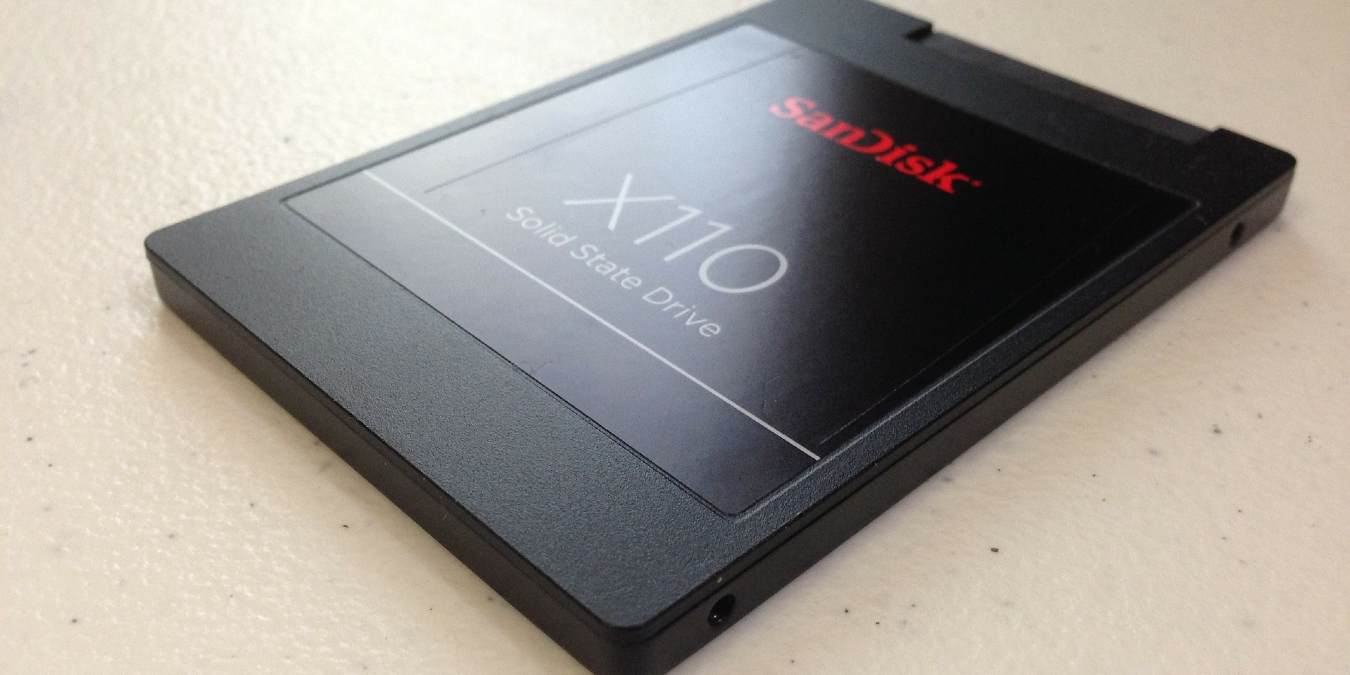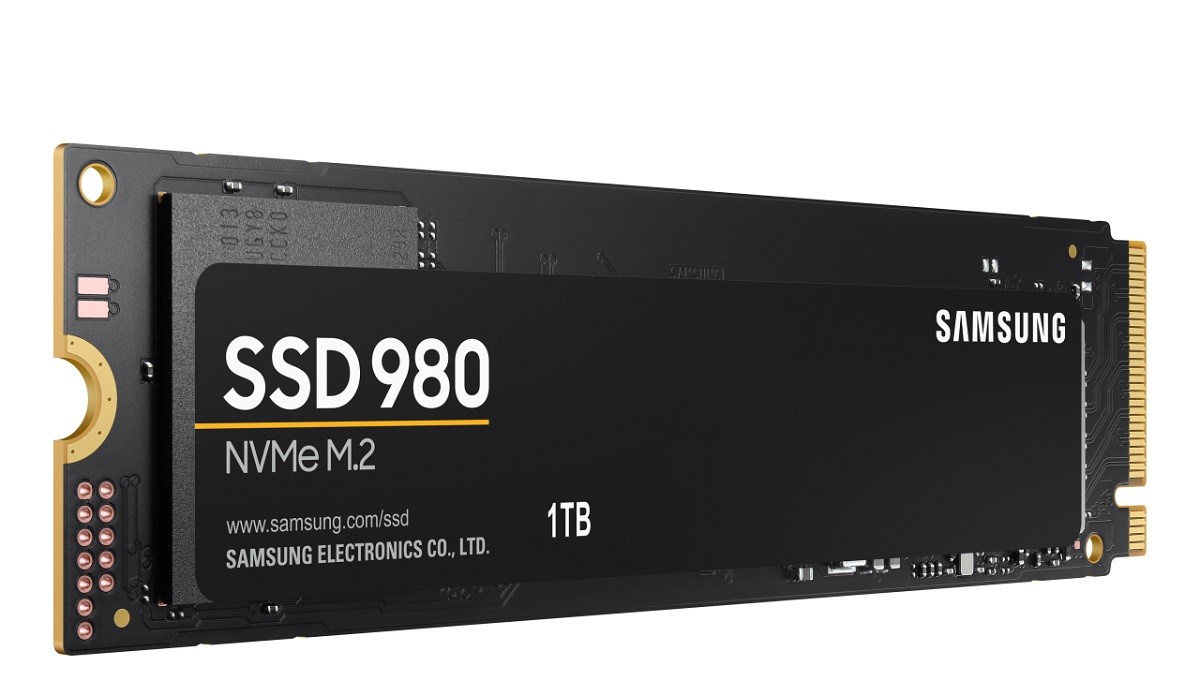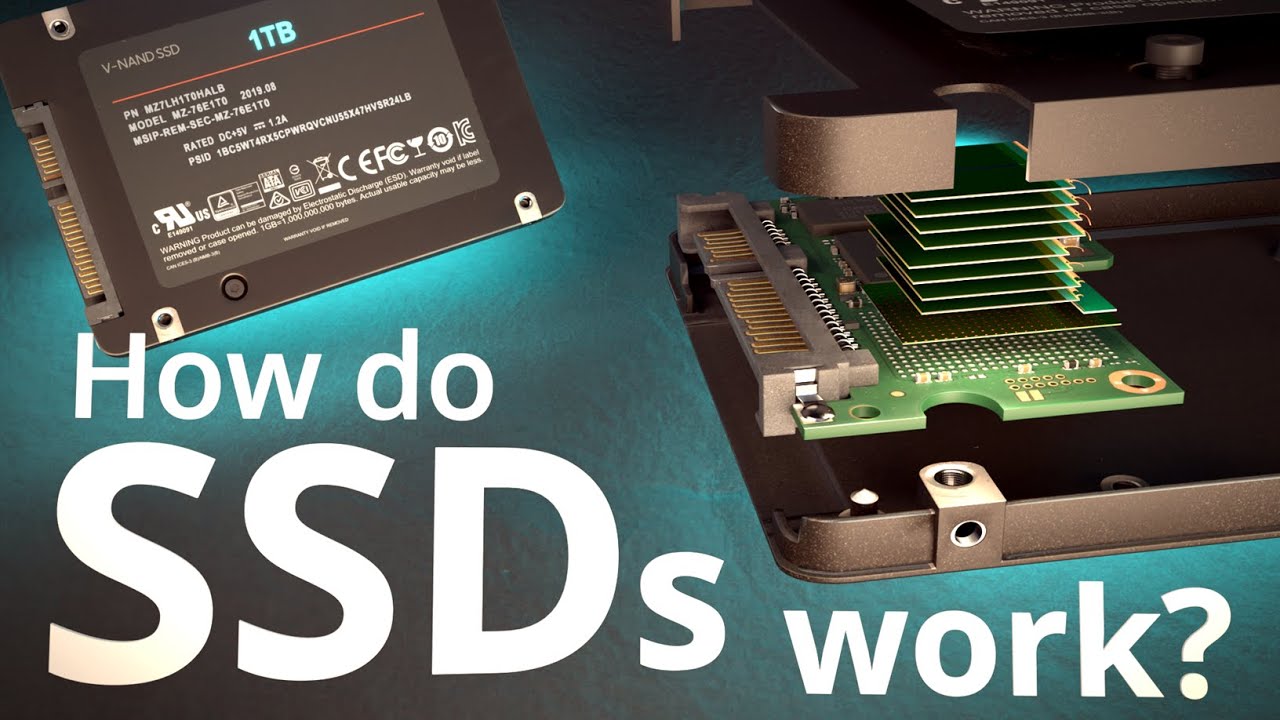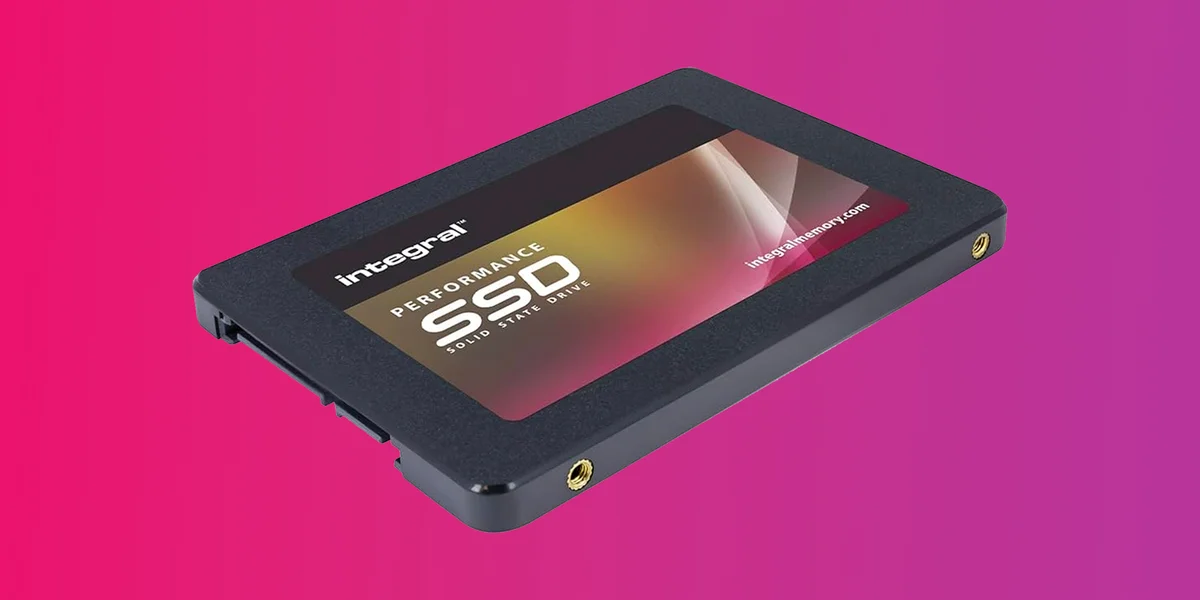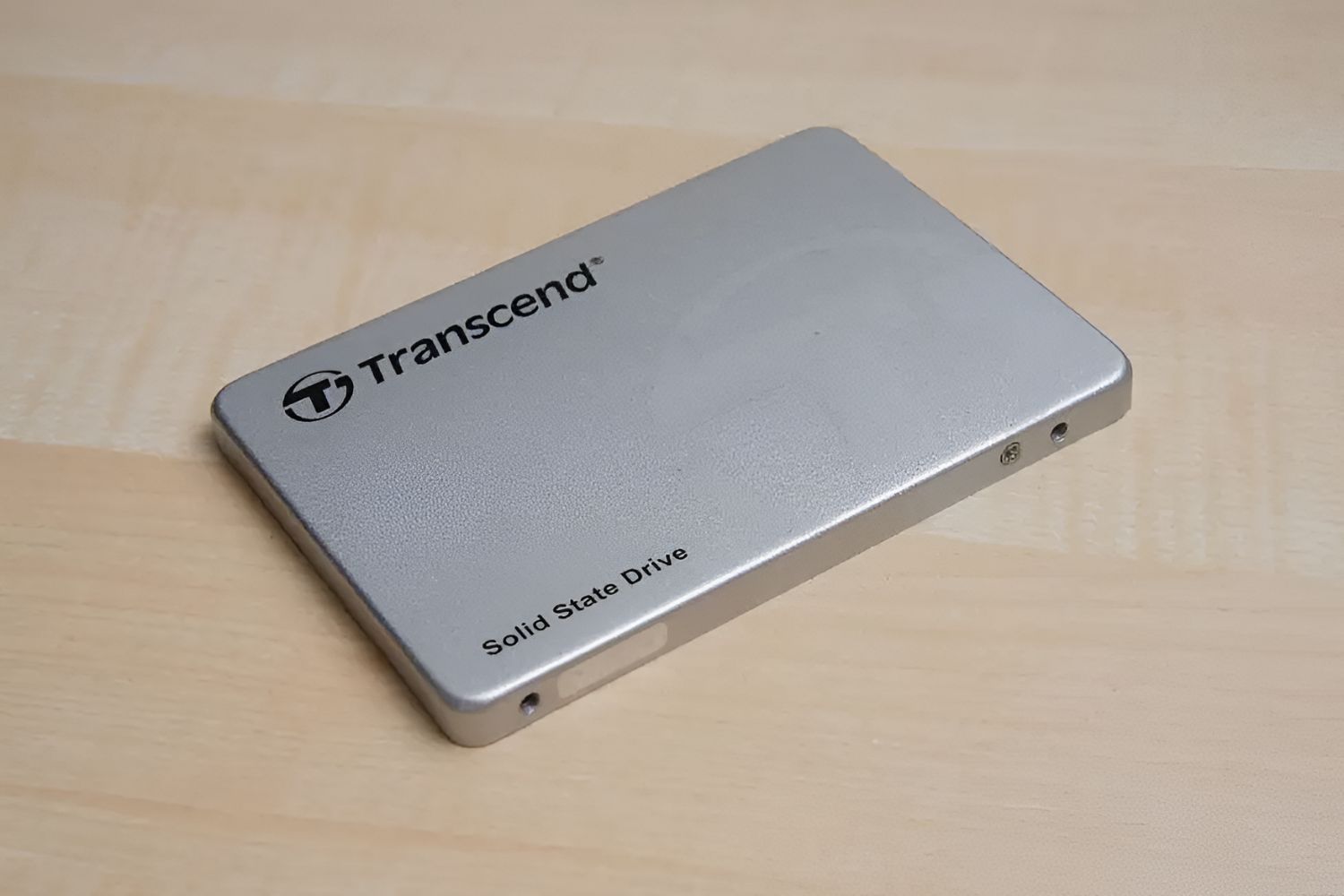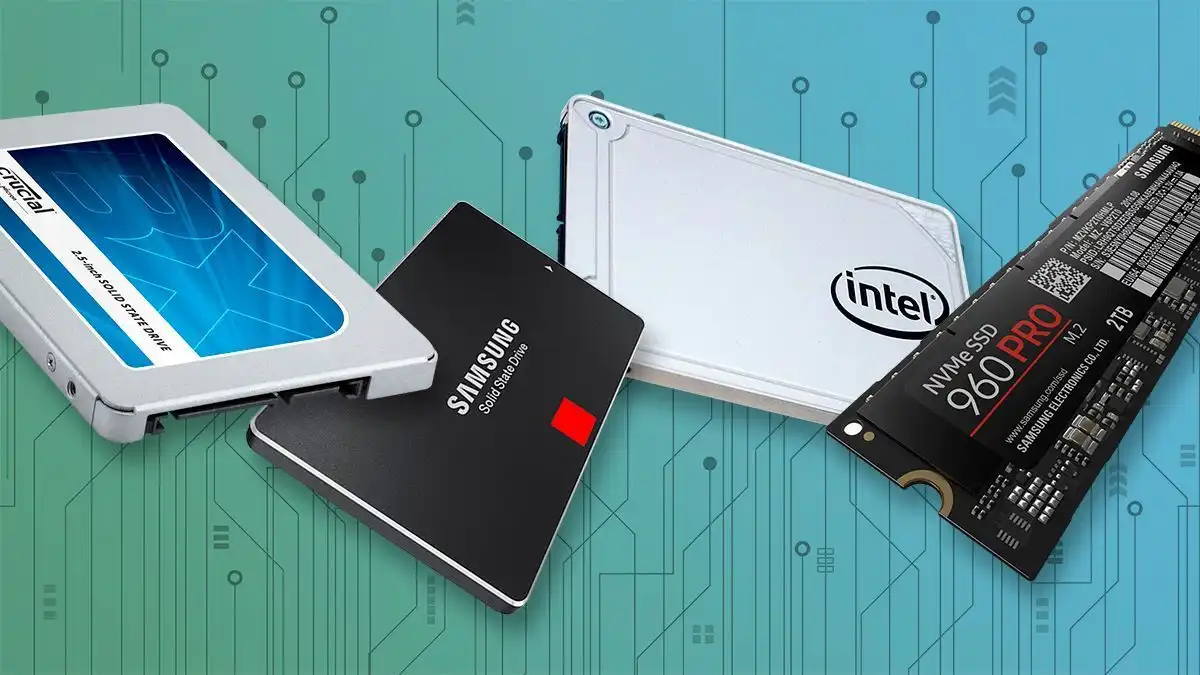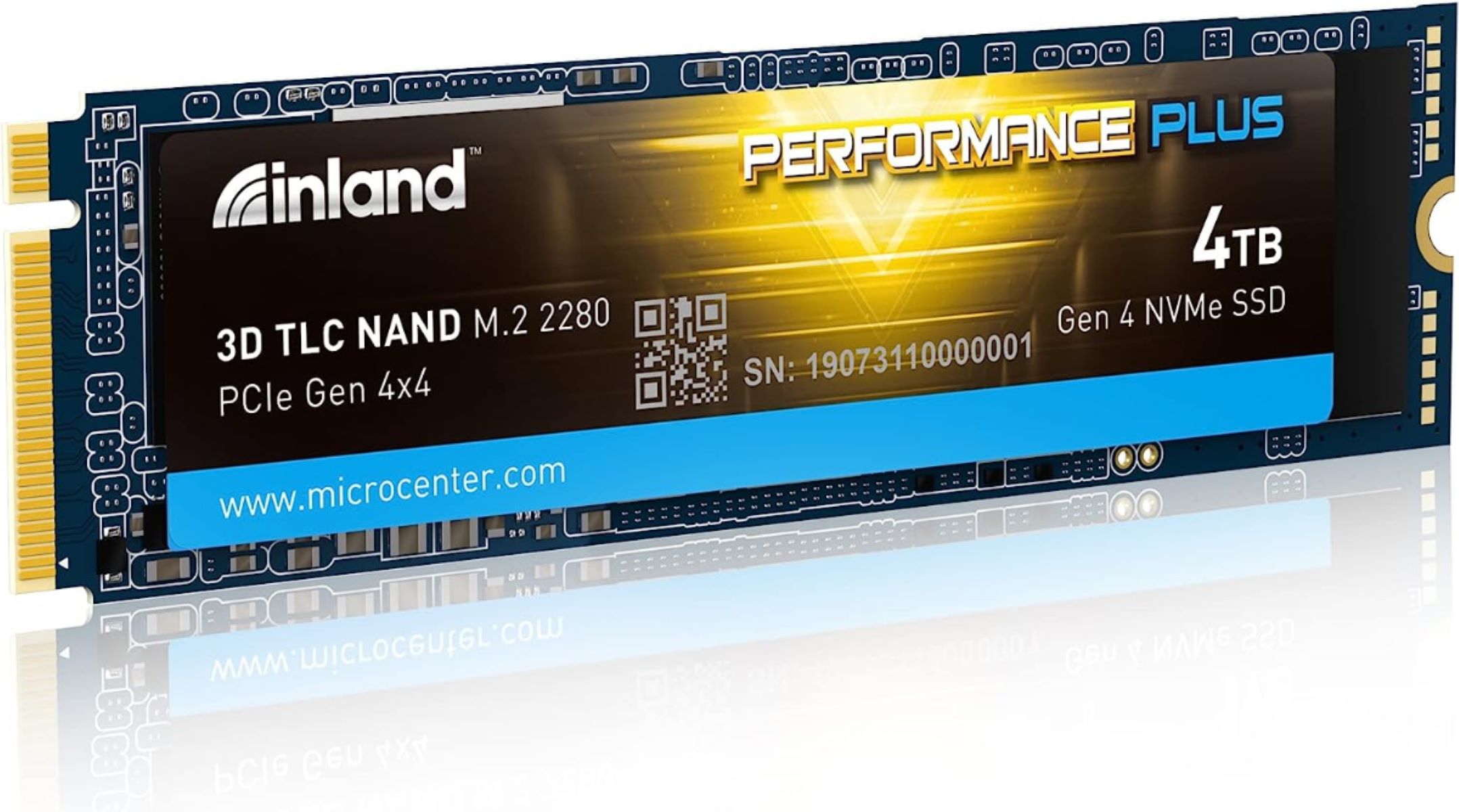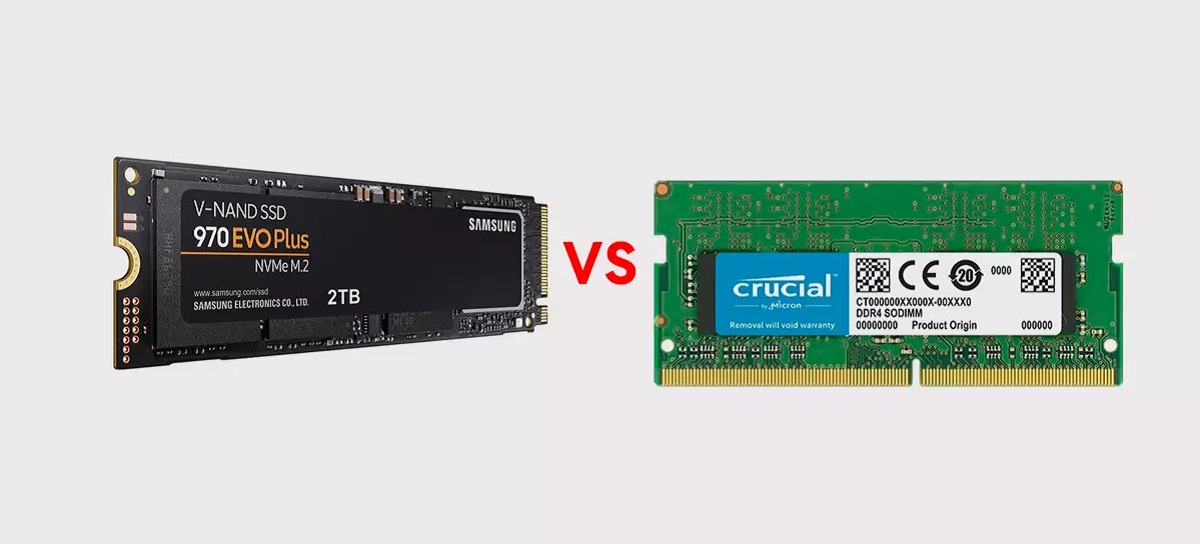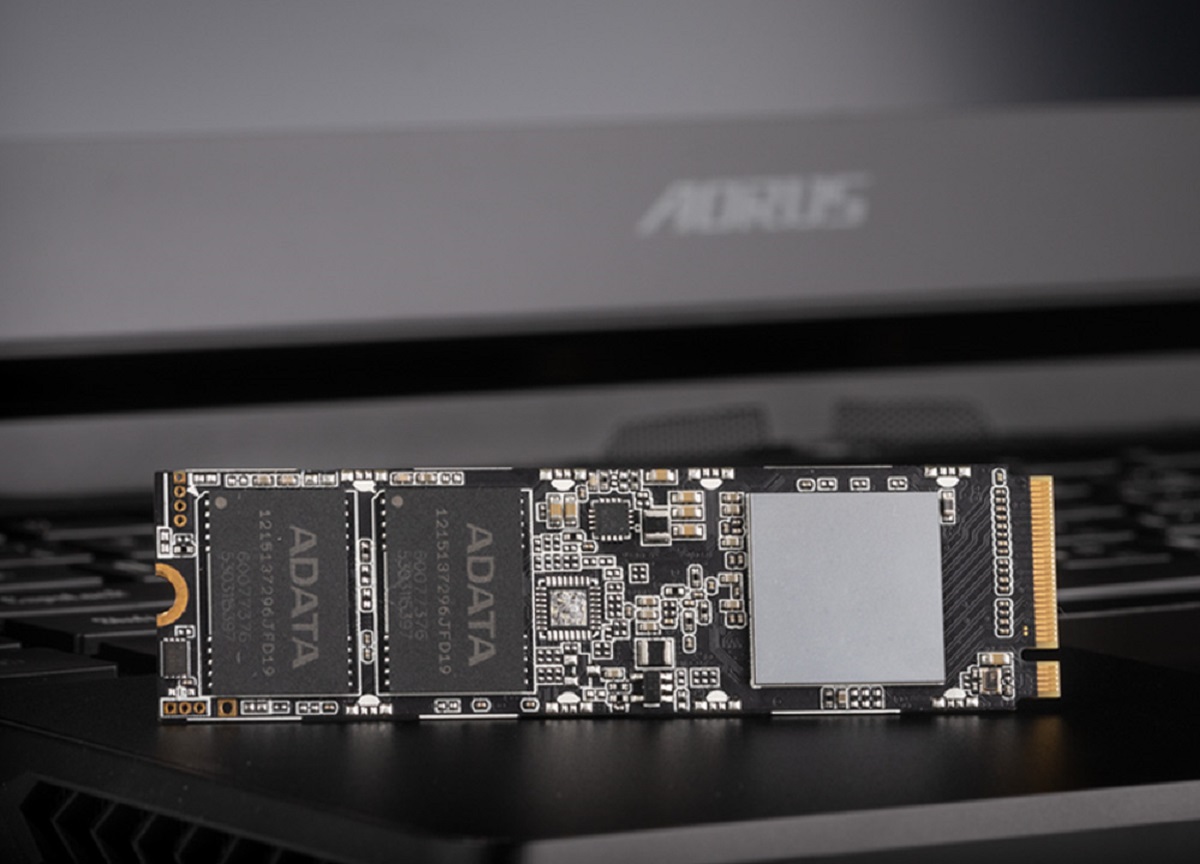Introduction
Welcome to the world of solid-state drives (SSDs) and the cutting-edge technology they utilize to enhance storage performance. One crucial component that plays a significant role in the functionality of SSDs is SSD Dram. If you’ve come across this term but are unsure about what it means and how it functions, you’ve come to the right place!
SSD Dram, also known as Solid-State Drive Dynamic Random Access Memory, is a type of volatile memory used in SSDs. This memory technology is crucial for storing and accessing data quickly, making SSDs an excellent option for those seeking faster and more reliable storage solutions.
With the ever-increasing demand for high-performance storage devices, understanding the ins and outs of SSD Dram becomes essential for both tech enthusiasts and everyday users. In this article, we will delve into the fascinating world of SSD Dram, exploring how it works, its benefits and drawbacks, and how it compares to HDD Dram.
So, if you’re curious about the inner workings of SSDs and want to explore the technology behind their lightning-fast operations, read on!
What is SSD Dram?
SSD Dram, also known as Solid-State Drive Dynamic Random Access Memory, is a type of volatile memory used in solid-state drives (SSDs). Unlike traditional hard disk drives (HDDs) that rely on mechanical components to read and write data, SSDs leverage NAND flash memory chips to store data electronically. However, to efficiently manage data transfer and ensure faster performance, SSDs employ SSD Dram as a temporary storage buffer.
The primary purpose of SSD Dram is to store frequently accessed data and provide fast access times for that data. It acts as a bridge between the SSD controller and the NAND flash memory, temporarily holding data that is being read or written. This temporary storage buffer plays a vital role in optimizing read and write operations, improving the overall performance of SSDs.
One important characteristic of SSD Dram is its volatility. Unlike non-volatile NAND flash memory, which retains data even when the power is turned off, SSD Dram requires continuous power supply for data retention. This means that whenever the SSD is powered off or experiences a sudden power loss, the data stored in the Dram is lost.
SSD Dram comes in different capacities, typically ranging from a few megabytes to several gigabytes. The size of the Dram buffer directly affects the performance of the SSD. Larger Dram buffers can store more data, resulting in faster read and write speeds for frequently accessed files or applications.
In addition to storing frequently accessed data, SSD Dram also plays a crucial role in wear leveling, a technique used to evenly distribute write operations across the NAND flash memory chips. By temporarily storing data in the Dram buffer and then writing it to different memory cells, wear leveling helps prolong the lifespan of SSDs and prevent data corruption.
In summary, SSD Dram is a volatile memory component found in solid-state drives. It acts as a temporary storage buffer, allowing for faster read and write operations by holding frequently accessed data. Although it relies on continuous power supply for data retention, SSD Dram significantly enhances the overall performance and lifespan of SSDs.
How does SSD Dram work?
SSD Dram works in conjunction with the SSD controller to optimize data transfer and enhance the performance of solid-state drives. Let’s take a closer look at the inner workings of SSD Dram and how it contributes to the overall functionality of SSDs.
When you request data from an SSD, the SSD controller communicates with the NAND flash memory to retrieve the data. However, accessing data directly from the NAND memory can be time-consuming due to the flash memory’s characteristics. This is where SSD Dram comes into play.
When you initiate a read operation, the SSD controller first checks if the requested data is already present in the Dram buffer. If it is, the data can be fetched from the Dram instantaneously, resulting in faster access times. This is especially beneficial for frequently accessed files, such as operating system files or frequently used applications.
If the requested data is not in the Dram buffer, the SSD controller fetches the data from the NAND flash memory and stores it in the Dram buffer. This way, subsequent read requests for the same data can be served directly from the Dram, eliminating the need to access the slower NAND memory.
Similarly, during a write operation, data is first written to the Dram buffer before being transferred to the NAND flash memory. This allows the SSD controller to optimize the write process and improve overall performance.
The size of the Dram buffer impacts how much data can be stored in the SSD’s temporary storage. Larger Dram buffers can hold more data, increasing the chances of having frequently accessed data readily available in the buffer.
It’s important to note that SSD Dram is volatile memory, meaning it requires continuous power to retain data. In the event of a power loss or shutdown, the data in the Dram buffer is lost.
Overall, SSD Dram acts as a high-speed cache for frequently accessed data, facilitating faster read and write operations in solid-state drives. By temporarily storing data in the Dram buffer, SSDs can optimize data transfer, resulting in improved performance and responsiveness.
Benefits of SSD Dram
SSD Dram provides several key benefits that contribute to the overall performance and efficiency of solid-state drives. Let’s explore the advantages of SSD Dram in more detail:
- Enhanced Read and Write Speeds: By temporarily storing frequently accessed data in the Dram buffer, SSDs can provide faster read and write speeds. This results in quicker data access and improved overall system responsiveness.
- Improved Performance for Large Files and Applications: SSD Dram is particularly beneficial when dealing with large files or resource-intensive applications. The Dram buffer allows for efficient data transfer, reducing latency and improving the overall performance of these demanding tasks.
- Effective Cache Management: The Dram buffer serves as a cache for frequently accessed data, optimizing storage operations and minimizing the need to access the slower NAND flash memory. This helps to prevent system slowdowns and ensures a seamless user experience.
- Reduced Wear and Tear: SSD Dram plays a crucial role in wear leveling, a technique that evenly distributes write operations across the NAND flash memory. By temporarily storing and distributing data, SSDs can minimize the wear on individual memory cells, extending the lifespan of the drive.
- Improved Data Integrity: SSD Dram can improve data integrity by utilizing error correction codes (ECC). ECC algorithms correct any errors that may occur during data transfer, enhancing data reliability and reducing the risk of data corruption.
- Efficient Multi-Tasking: With SSD Dram, solid-state drives can efficiently handle multiple read and write requests simultaneously. The quick access times provided by the Dram buffer enable the drive to handle multiple operations efficiently, improving multitasking performance.
These benefits make SSD Dram a crucial component in solid-state drives, allowing for faster and more efficient storage performance. It significantly enhances overall system speed, responsiveness, and reliability, making SSDs an excellent choice for various applications, including gaming, multimedia, and professional workloads.
Drawbacks of SSD Dram
While SSD Dram offers numerous advantages, it also comes with a few drawbacks that are important to consider. Let’s explore some of the limitations of SSD Dram:
- Volatility: One of the primary drawbacks of SSD Dram is its volatility. The data stored in the Dram buffer is not retained when the power is turned off or in the event of a sudden power loss. This means that if your system encounters a power failure, any data in the Dram buffer will be lost.
- Capacity Limitations: SSD Dram comes in various capacities, but it is typically smaller compared to the overall storage capacity of the SSD. As a result, the amount of data that can be stored in the Dram buffer is limited, which may impact the efficiency of caching frequently accessed data.
- Cost: Including SSD Dram adds to the cost of manufacturing solid-state drives. The cost of Dram is typically higher than the cost of NAND flash memory, which can make SSDs with larger Dram capacities more expensive compared to models with smaller Dram buffers.
- Power Consumption: SSD Dram requires continuous power supply to retain data. This means that even when a system is in an idle state, a portion of the device’s power is dedicated to keeping the Dram buffer powered, resulting in slightly higher power consumption compared to SSDs without Dram.
- Heat Generation: The operation of SSD Dram also contributes to heat generation within the SSD. Higher heat levels can potentially impact the overall performance and lifespan of the drive, especially in situations where cooling is inadequate.
- Data Retention Duration: SSD Dram requires frequent refresh cycles to retain data effectively. If the data in the Dram buffer is not refreshed within a certain timeframe, it can lead to data loss. This requires the SSD controller to periodically refresh the data, which can result in a slight reduction in overall performance.
Despite these drawbacks, SSD Dram remains an integral component in solid-state drives, contributing to their speed, responsiveness, and overall performance. When choosing an SSD, it is essential to consider your specific needs and balance the benefits of SSD Dram with its limitations to make an informed purchasing decision.
SSD Dram vs. HDD Dram
When comparing SSD Dram and HDD Dram, it is important to note that the usage and functionality of these two types of memory differ significantly due to the fundamental differences between solid-state drives (SSDs) and hard disk drives (HDDs). Let’s explore the key differences between SSD Dram and HDD Dram:
- Technology: SSD Dram is a type of volatile memory used in solid-state drives, while HDD Dram refers to the volatile memory found in hard disk drives. The underlying technology and architecture of these memory components differ, reflecting the fundamental differences between SSDs and HDDs.
- Performance: SSDs equipped with SSD Dram typically offer faster performance compared to HDDs with HDD Dram. The combination of SSD’s flash memory and the additional caching provided by SSD Dram allows for quicker data access and faster read and write speeds, resulting in improved overall performance and responsiveness compared to HDDs.
- Capacity: In terms of capacity, SSD Dram is typically smaller compared to HDD Dram. Since SSDs rely on NAND flash memory for data storage, the Dram buffer serves as a temporary storage cache. In contrast, HDD Dram in hard disk drives is used for disk caching, which can utilize a larger portion of system memory.
- Data Retention: While both SSD Dram and HDD Dram are volatile memory types, SSD Dram requires continuous power supply to retain data. In contrast, HDD Dram relies on the HDD’s continuous spinning to keep the data intact. Therefore, in the event of a power loss, SSD Dram will lose the stored data, while HDD Dram retains its data as long as the disk is spinning.
- Cost: SSD Dram adds to the overall cost of manufacturing solid-state drives, making SSDs with larger Dram capacities generally more expensive compared to HDDs with HDD Dram. HDD Dram, on the other hand, is typically less costly as it utilizes a portion of the system memory rather than dedicated memory chips.
- Reliability: SSDs, which utilize SSD Dram, are generally more reliable than HDDs due to the absence of moving mechanical components found in HDDs. This translates to lower risks of mechanical failures, such as head crashes or motor failure, resulting in reduced downtime and improved data reliability.
These differences highlight the distinct advantages that SSD Dram brings to solid-state drives in terms of performance, reliability, and data access speed. While HDD Dram serves its purpose in hard disk drives, the combination of flash memory and SSD Dram in SSDs delivers significantly faster and more efficient storage solutions.
Conclusion
SSD Dram plays a crucial role in enhancing the performance, speed, and efficiency of solid-state drives. By providing a temporary storage buffer for frequently accessed data, SSD Dram allows for quicker read and write operations, resulting in faster data access and improved overall system responsiveness.
Despite the volatility of SSD Dram and its associated limitations, such as capacity constraints and higher costs, the benefits it offers outweigh the drawbacks. The enhanced performance, effective cache management, improved data integrity, and efficient multitasking capabilities make SSD Dram an essential component in modern storage devices.
Compared to HDD Dram found in hard disk drives, SSD Dram stands out due to its superior performance, reliability, and overall efficiency. Additionally, SSDs equipped with SSD Dram are generally more reliable and durable, thanks to the absence of mechanical components found in HDDs.
As technology continues to advance, we can expect further improvements in SSD Dram, such as larger capacities and improved power efficiency. This will contribute to even faster and more efficient storage solutions for a wide range of applications, from personal computers and laptops to enterprise-level data centers.
In summary, SSD Dram is a vital component in solid-state drives, optimizing data transfer and storage operations to deliver fast and reliable performance. Its integration with SSDs revolutionizes the storage industry, providing users with lightning-fast data access and enhanced system efficiency.







